|
Burrowing Owl, peeking over a berm. On Sunday January 7th, my wife and I joined Jeff Babson and a flock of fellow birders for a trek to Santa Cruz Flats, a spread of farmland south and west of Picacho Peak in Pinal County, Arizona. From Tucson we traveled I-10 north past Picacho Peak to Toltec Road, Exit 203, and headed south into the farmland that comprises Santa Cruz Flats. The area is great for birds that favor open ground and fields, as well as raptors looking for food. In the image below, Jeff has his spotting scope set up aimed north and east searching for critters. We had mixed clouds early on, giving way to sunshine and good light throughout the morning. There is a lot of land out here. Nice straight horizon and flat fields. The Canon EOS 7D Mark II has GPS built-in that stamps every image with the location. Adobe Photoshop Lightroom has a mapping function that produced the map below, showing the number of images for each coordinate. I have added annotation with the help of Microsoft PowerPoint and copied it as a JPEG, below. Map of Santa Cruz Flats with spotting locations, January 7, 2018The Toltec Road exit is off of I-10 toward the top of the map. The spotting location for the image above is approximately at the yellow call-out with the number 7 on the map. An early stop was a hay barn, below, which is labeled on the map above, Owls in Barn. Let's start with three owls in a barn . . . .This barn has a window cut at one end, allowing good views down the length of the building. If you look at the peak of the roof straight up at 12 o'clock, you can see a pale oblong shape that is in fact two Barn Owls snoozing. Image above: Canon EOS 6D (full frame) with Canon EF 17-40 mm f4 lens at 17 mm. Image below, Canon EOS 7D II (cropped sensor), with EOS 100-400 mm II, at 400 mm with 1.4 extender for effective focal length of 560 mm. These two owls were nicely side-lit. They don't seem to mind sleeping in the light Barn Owls are nocturnal hunters who roost in quiet out of the way places during the day, such as barns and abandoned buildings. At night they hunt in open fields and meadows, making Santas Cruz Flats an ideal place to live. They have excellent night vision, but their hearing is considered superior among raptors. They can hear and locate prey as they fly quietly over open fields. For more images of Barn Owls in free flight see these two links: Raptors at the Arizona-Sonora Desert Museum and High Desert Museum, Bend, OR. Barn Owls swallow their prey whole and about twice a day regurgitate large pellets with the compressed remains of their meals. What appears to be a pile of pellets can be seen on the floor of the barn. I did say 3 owls. The third is a Great Horned Owl who is perched just above the fourth high window on the left, just barely visible looking like a hash mark. Switching from the Canon 6D to the 7D with the 100-400 mm lens, I captured the images below, albeit at an ISO of 6400, 1/125 second. Great Horned Owls are also nocturnal. They are powerful predators, and will attack and take down birds and mammals larger than themselves, including other raptors; Ospreys, Peregrine Falcons, Prairie Falcons, and other owls. Yes, they eat Barn Owls. Note that at the Arizona-Sonora Desert Museum they will run raptor free flight with both owls, but never together. So, are these three owls living in peaceful coexistence, or is the Great Horned Owl just waiting for the right moment? I guess it is always a good idea to have extra food on hand. And a fourth by the road . . . .East of the barn was a colony of Burrowing Owls, sitting on and around remnants of a cement irrigation ditch. Above an owl peeks over a berm. Below a fellow birder and photographer sets sights on our subject. Below a closer view of the owl on a irrigation ditch. We spent some time looking at the owls from a distance, and then slowly walked down the road to get closer. The owls would dodge below the berm, making it hard to get a good view of them. We finally gave up, loaded up the cars again, and headed to our next stop. We started down the road, Dorothy was driving, I was in the passenger seat, with two fellow birders in the backseat of the Subaru. Suddenly Dorothy stopped and pointed to the right. There was a Burrowing Owl, sitting on top of the berm right next to us. My thanks to our fellow birder Kat who was able to reach in the back of the Forester and grab my gear. Using the car as a blind, I was able to get the images below. Burrowing Owls live underground in burrows dug themselves or taken over from other burrowing animals. These owls are living under old concrete irrigation channels. They hunt during the day for insects and rodents. They are sandy colored with long legs and yellow eyes. The head is flattened with white eyebrows. Above, the owl has turned his head backwards, showing the mobility of the neck that owls are known for. Burrowing Owl populations have fallen in recent years due to loss of habitat, including declines in other burrowing animal populations, such as prairie dogs and ground squirrels. Horned LarkIn the field behind the Burrowing Owl were Horned Larks, regular residents of fields in SE Arizona, where they forage for seeds and insects. They have a characteristic yellow face, black mask, and black feathers on the head that look like horns. They socialize in flocks and forage in bare fields close to the surface. They are tough to see, and almost impossible to get close to. Telephoto and patience is required. These images were captured at 11:30 am. Although it was cool in the early morning, the desert was heating up by noon, creating rising thermals. The warm air from the ground mixing with cooler upper air creates diffraction that is evident when viewing distant objects. This is the same shimmering effect given off by a highway on a hot day. It can be annoying for birders with binoculars, and drive photographers nuts. All the settings on the camera can be "right" and the image looks out of focus. I was getting thermal effects with these larks. I took many frames, picked the best looking ones, and processed in Lightroom to get these images. More on thermals later. Crested CaracaraLet's go back to our map, copy below. We are now in the right lower corner, facing northeast, with the southwest face of Picacho Peak in the background. We spotted two Crested Caracara's sitting in a snag on the far side of a field. It was shortly afternoon and we were definitely seeing diffraction from rising thermals off of the fields. Note the telephone poles in the background that appear to be curved and irregular. If you like French Impressionism, you will LOVE this next photo! The image below is a cropped version of the one above. Shutter 1/1000, f 8.0, ISO 320. Lots of thermal effect. Crested Caracara's are tropical vultures in the falcon family. [And you thought your Thanksgiving dinners were challenging!] The Caracara lives year round in Mexico, Central and South America, coming just far enough north as Arizona and Texas. They eat almost everything, dead or alive, fresh or rotted. [Yup, Thanksgiving would be difficult]. The birds we spotted across the field took off, and I was able to track one flying north and west. The bird seemed to get into clear air, and a number of images were sharper. Below is a sequence I caught panning east to west. For close up images of the Crested Caracara see this link from my post on raptor free flight at the Arizona-Sonora Desert Museum. Northern Harrier HawkNot far from where we spotted the Caracara, Dorothy spotted a bird waaay away in one of the fields. Jeff took a quick look and said, "Here is a mystery bird!" We lined up at the spotting scope. And the answer was . . . . Northern Harrier Hawk. It was waaaay far away, and the distance plus the thermals created more French Impressionism in the Sonoran Desert. Northern Harrier Hawks winter throughout the southern U.S. and deep into Mexico, breeding in the northern U.S. and Canada, and as far north as Alaska. They hunt low to the ground and can hover over fields looking for prey. For images of a Harrier at White Water Draw, see this link. That's it for Santa Cruz Flats! We had a great day and look forward to returning soon. Don't forget that this is open range, the cattle share just about everything, including the road. Keep one eye on the birds, the other on the road, so you don't end up sharing the front seat with 2000 lbs of fresh beef. Happy Trails!
5 Comments
Joseph A McCollough
1/14/2018 08:25:42 am
What an education - didn't know a couple of those birds existed in Arizona! Beautiful shots - thanks for sharing.
Reply
Robin Kirk
1/14/2018 05:11:43 pm
Never knew about Burrowing Owls, Horned Larks or Crested Cascara! Beautiful photos and narrative! Thanks!!
Reply
Janet and Robert Davies
1/14/2018 09:47:53 pm
Amazing that you can get such beautiful close-ups of God's winged creation.
Reply
Caol Niehoff
1/15/2018 06:51:00 am
It was such a joy this morning to view your incredible photos, Henry! I especially like the shot of the owl peeking over the sand. I feel as though I'm exploring with you.
Reply
Leave a Reply. |
AuthorHenry Johnson, photographer and author of this site. For more detail, see About
Categories
All
Archives
July 2024
|
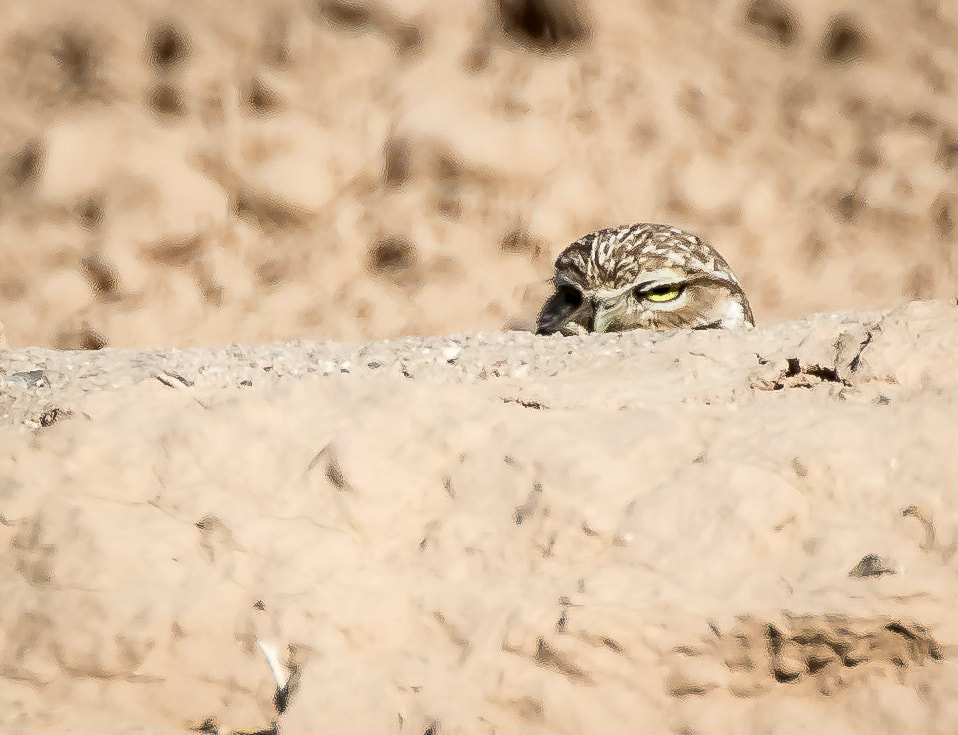
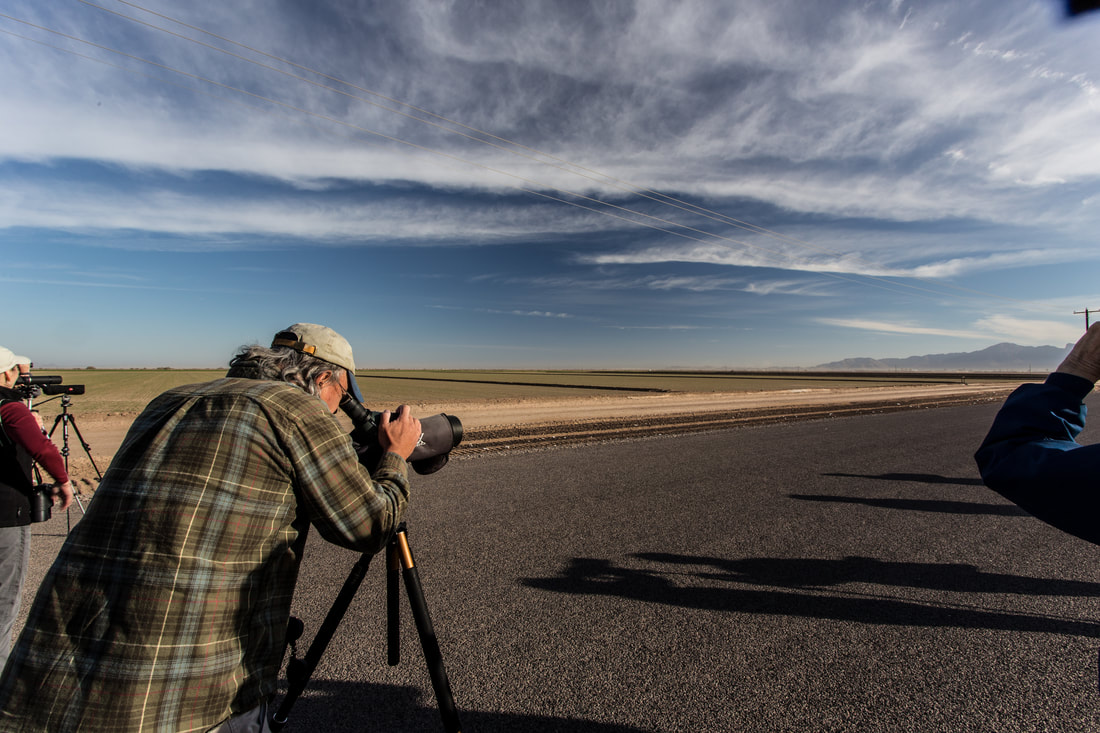
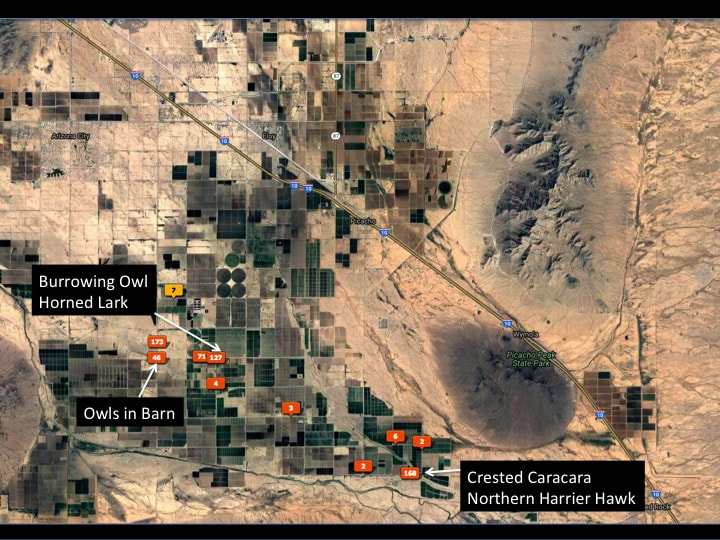
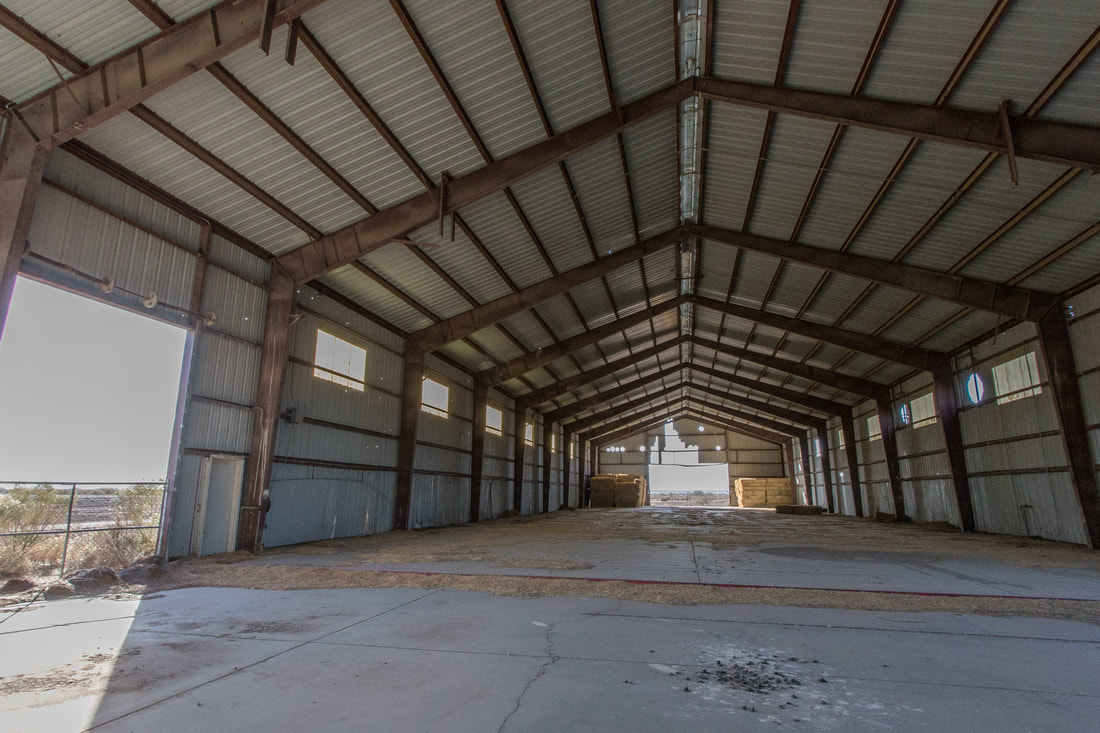
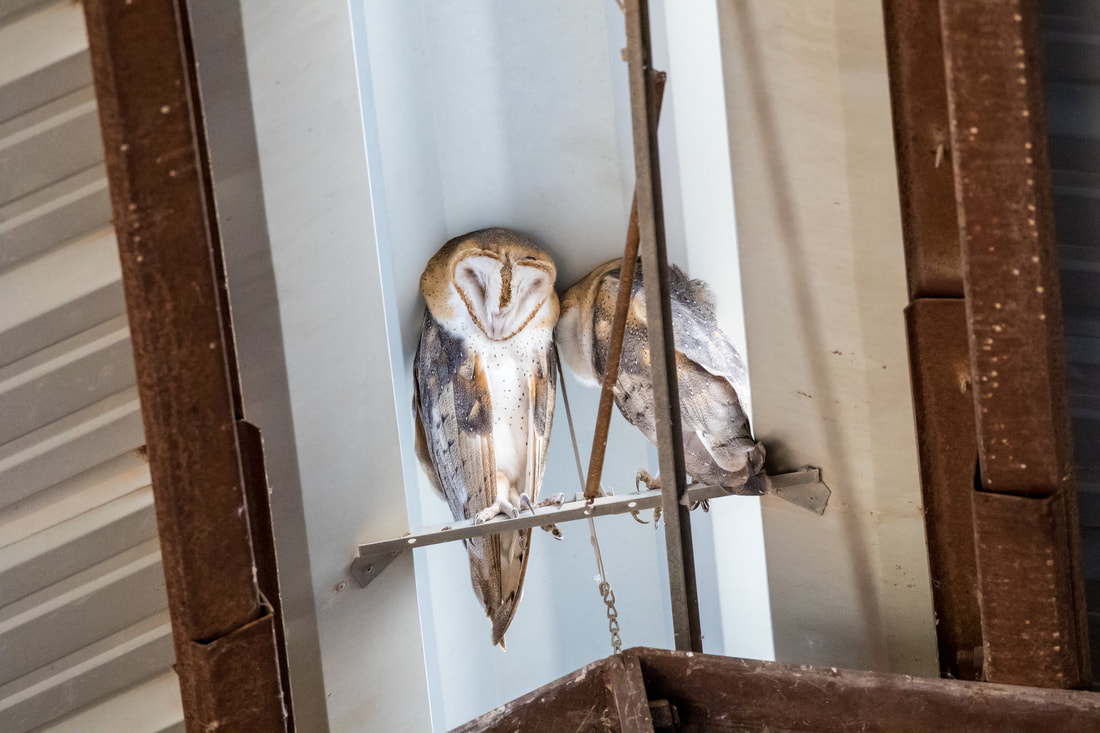
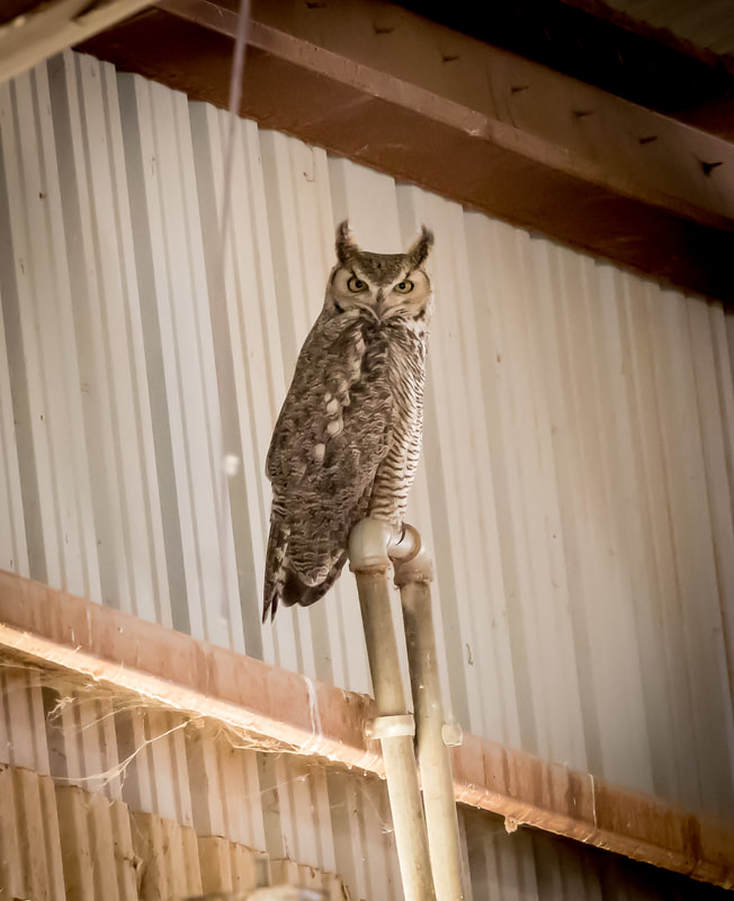
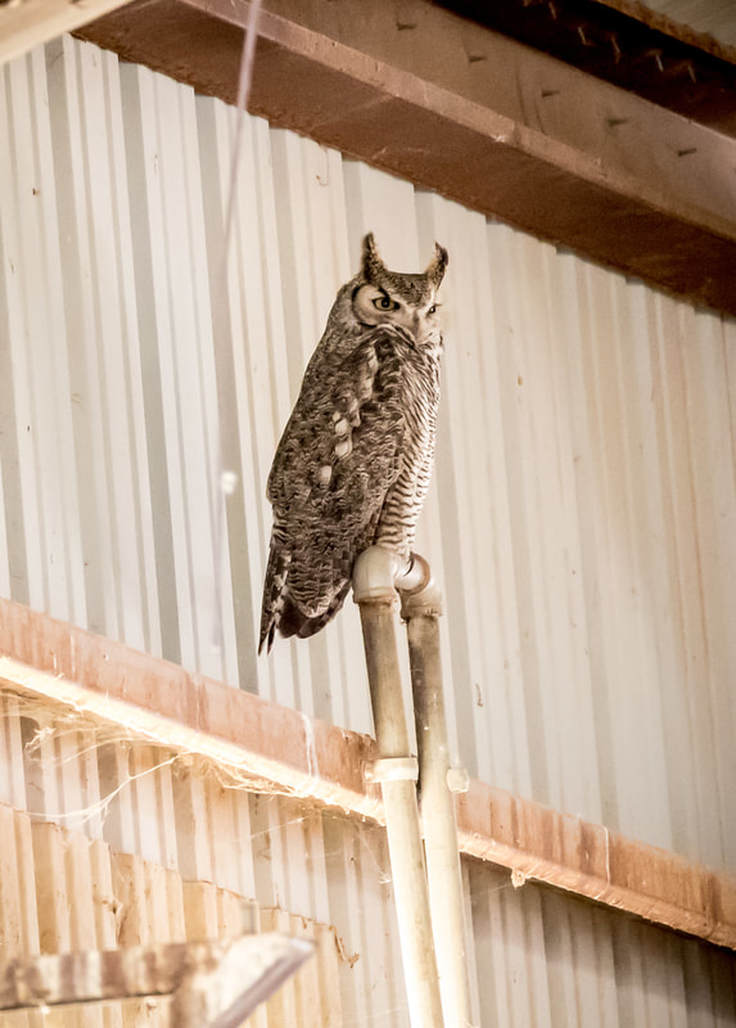
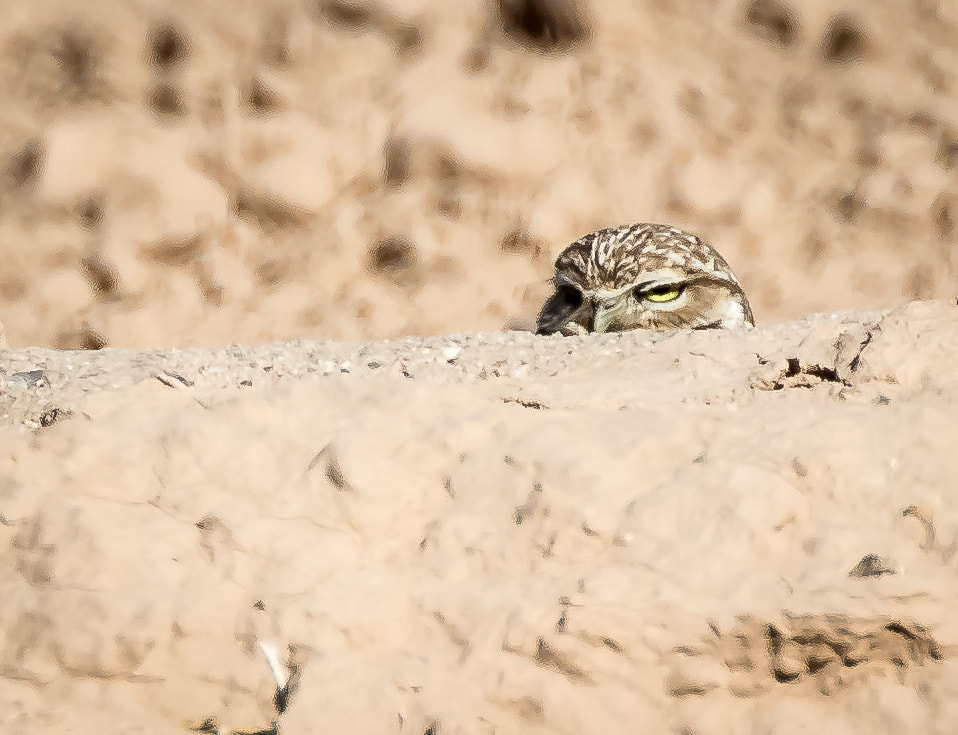

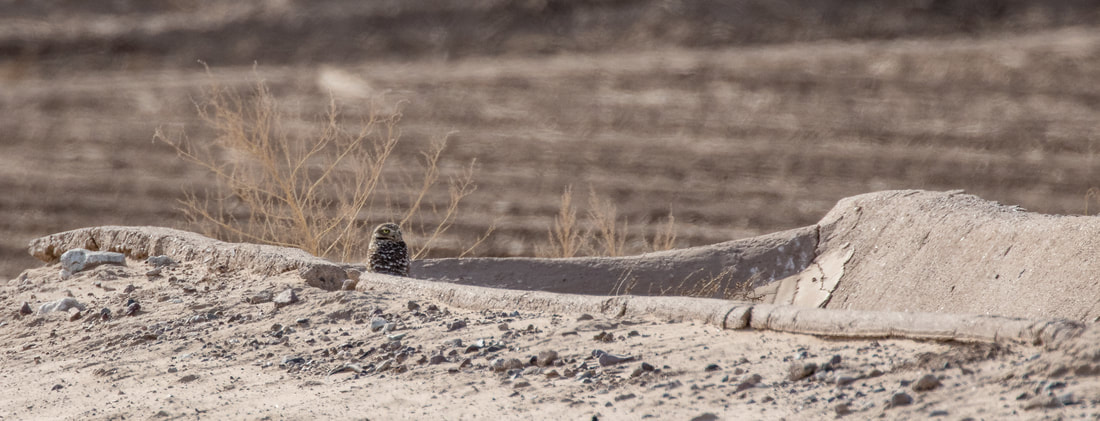
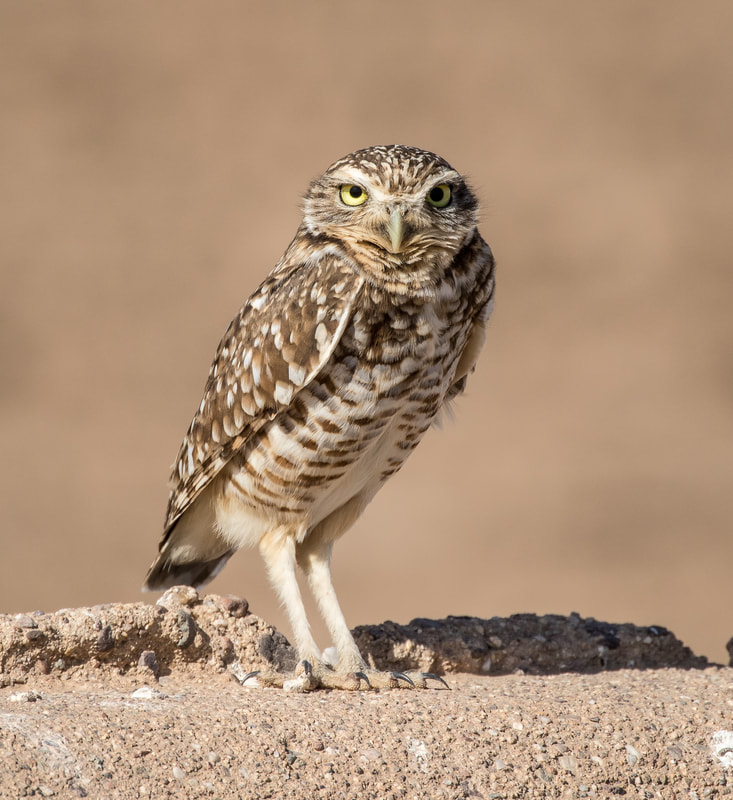
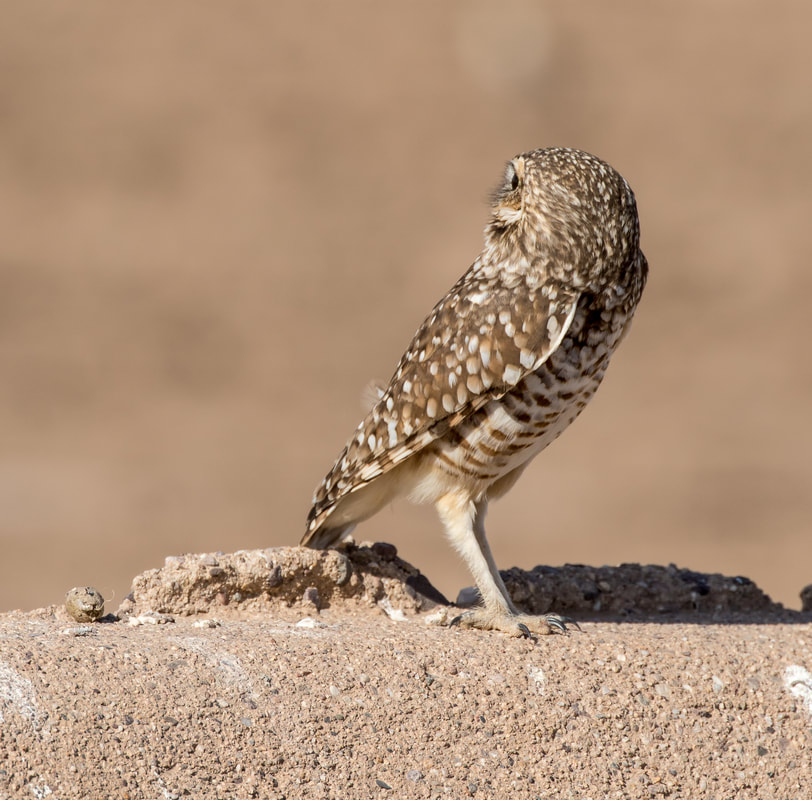
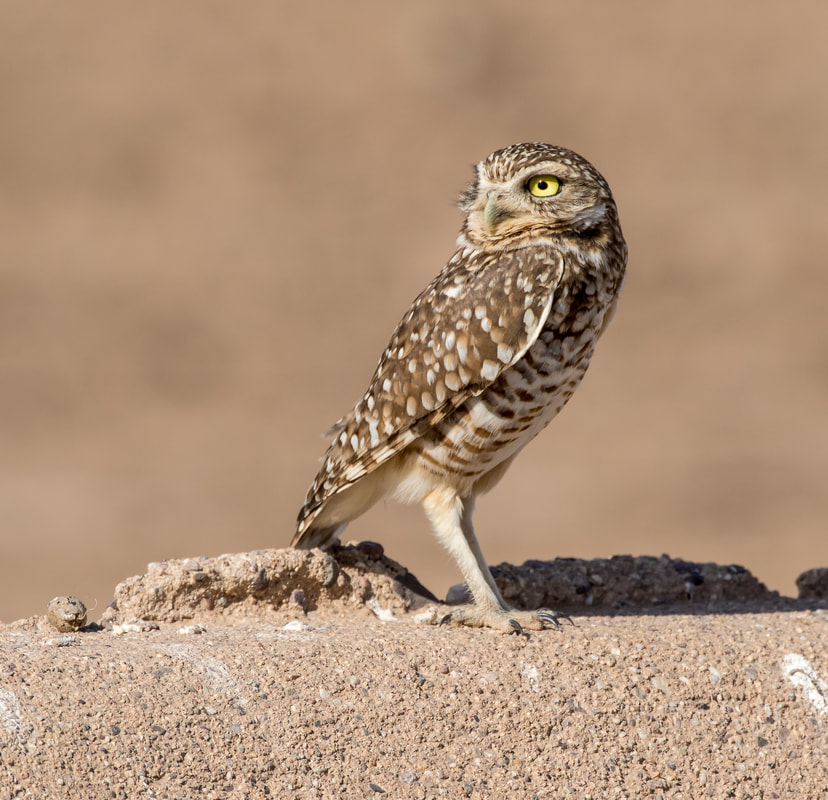
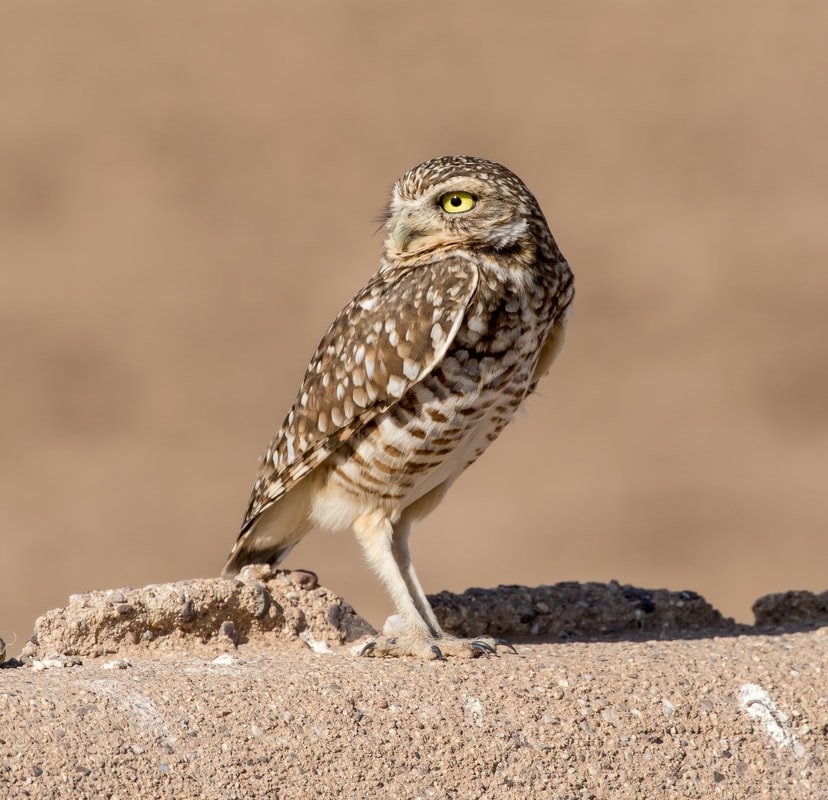
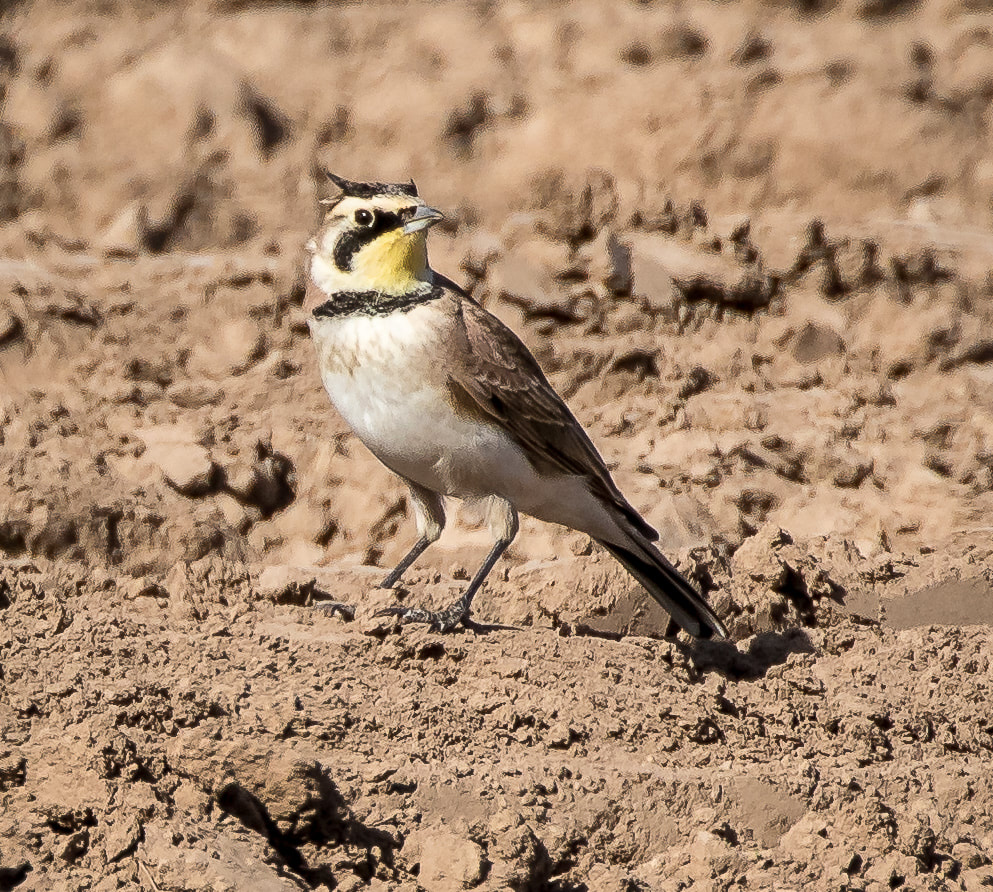
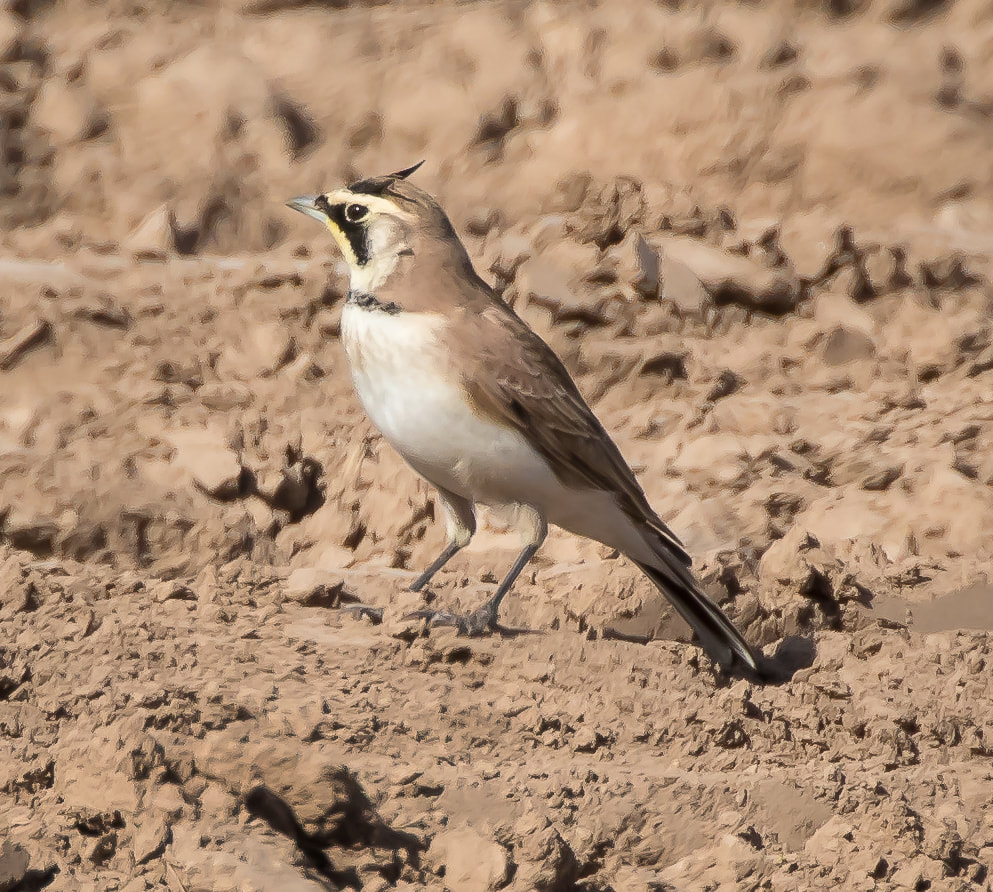
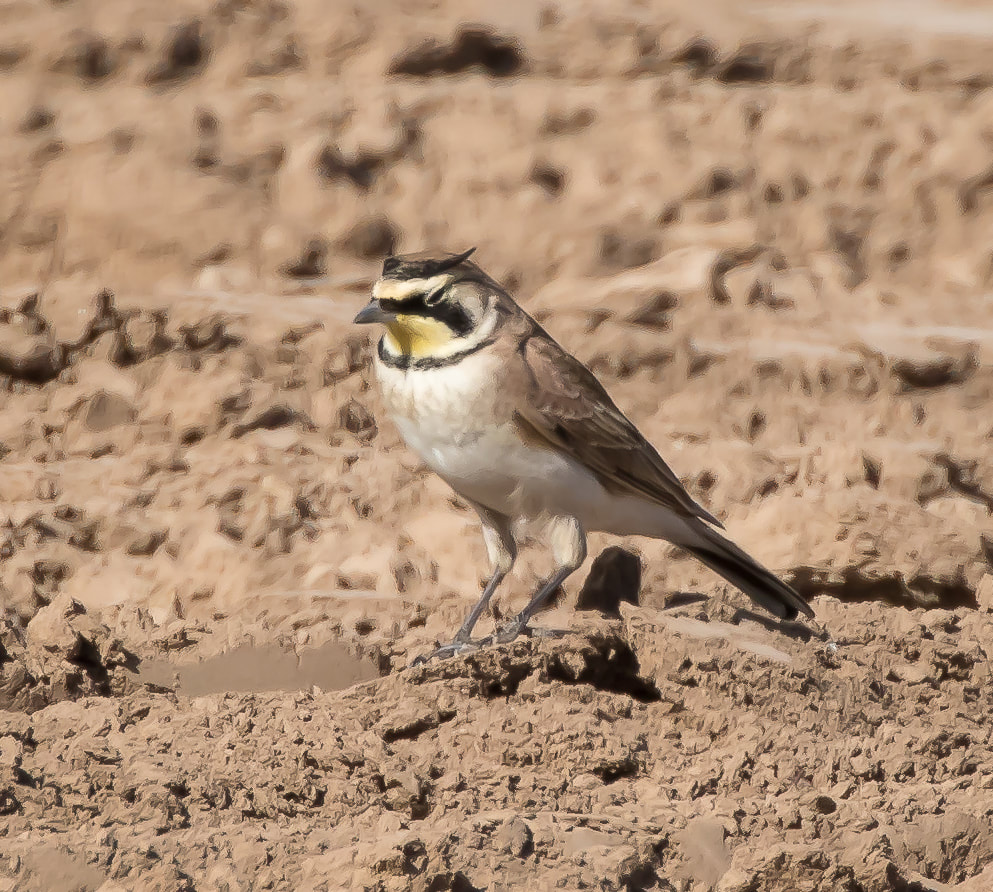
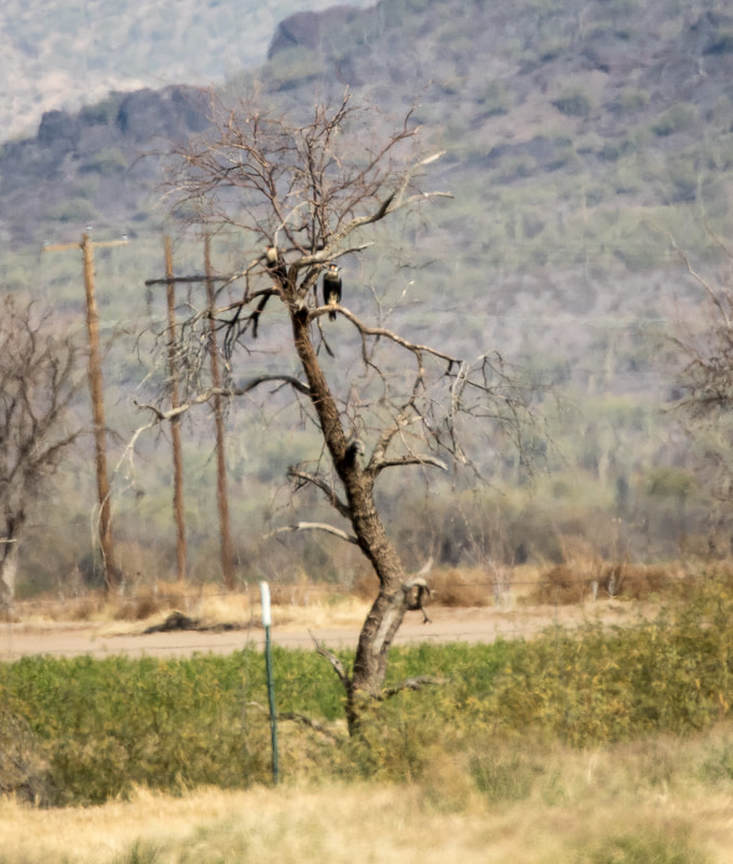
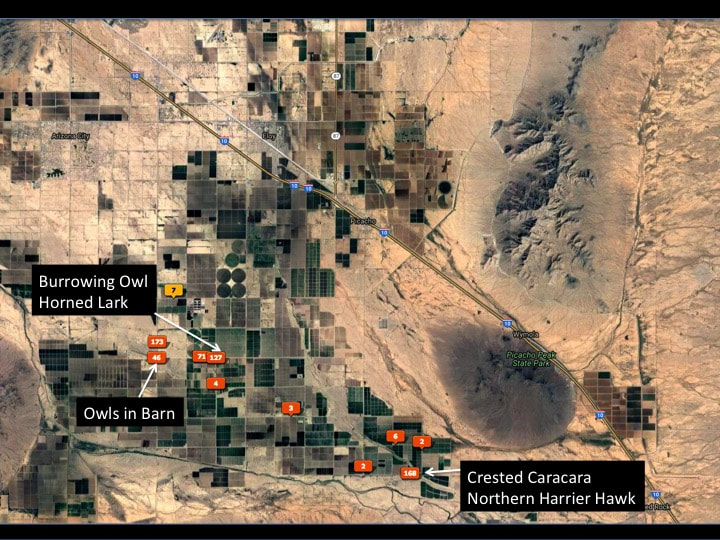
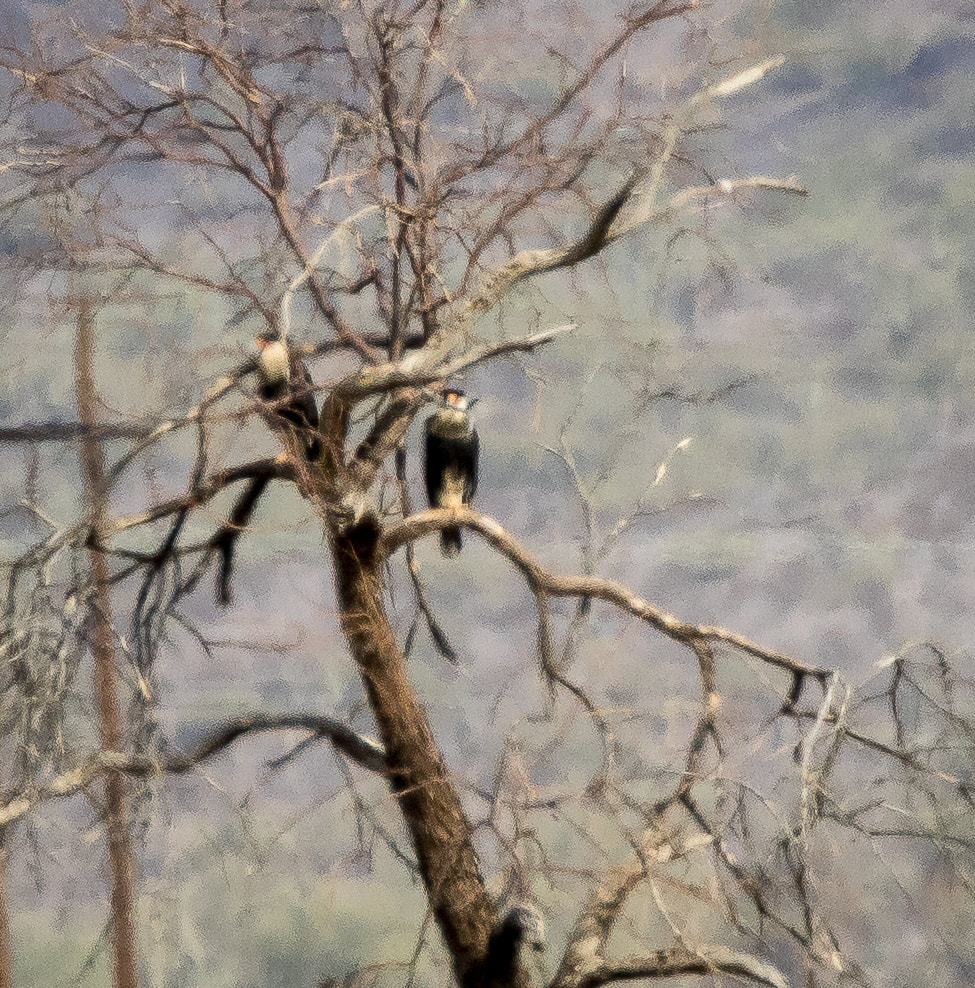
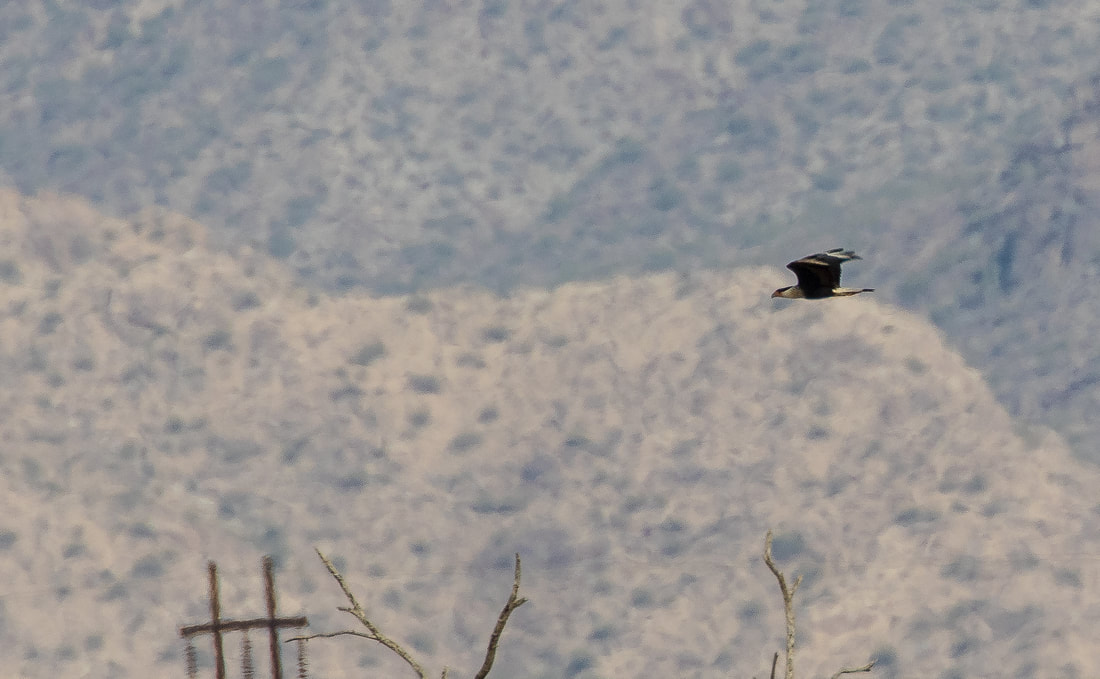
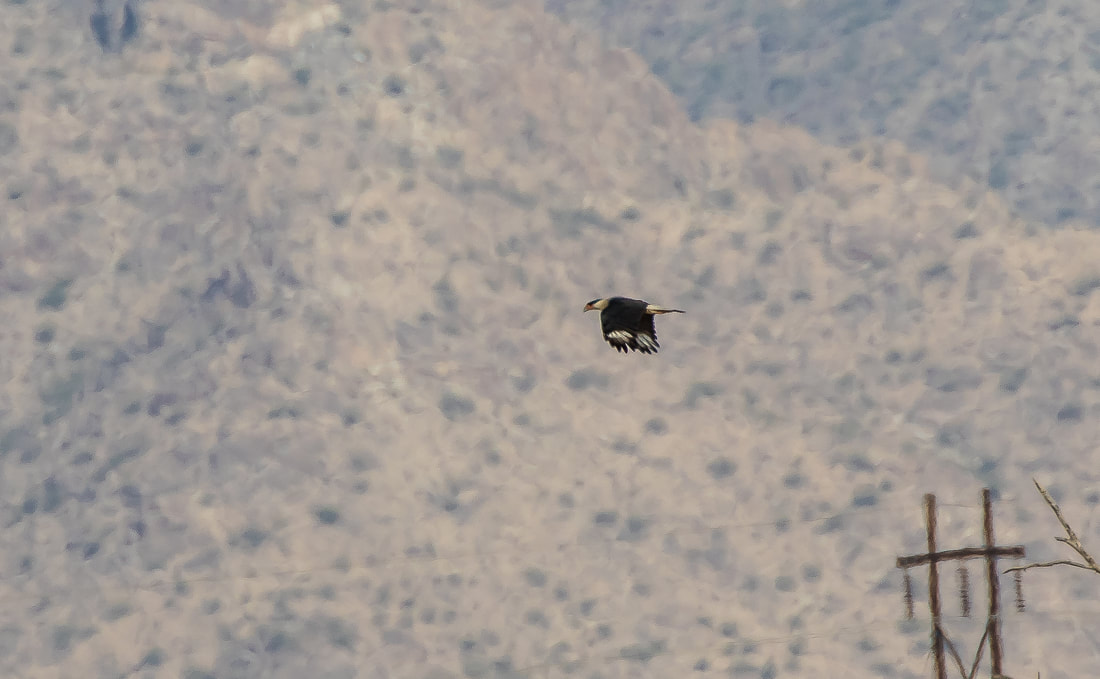
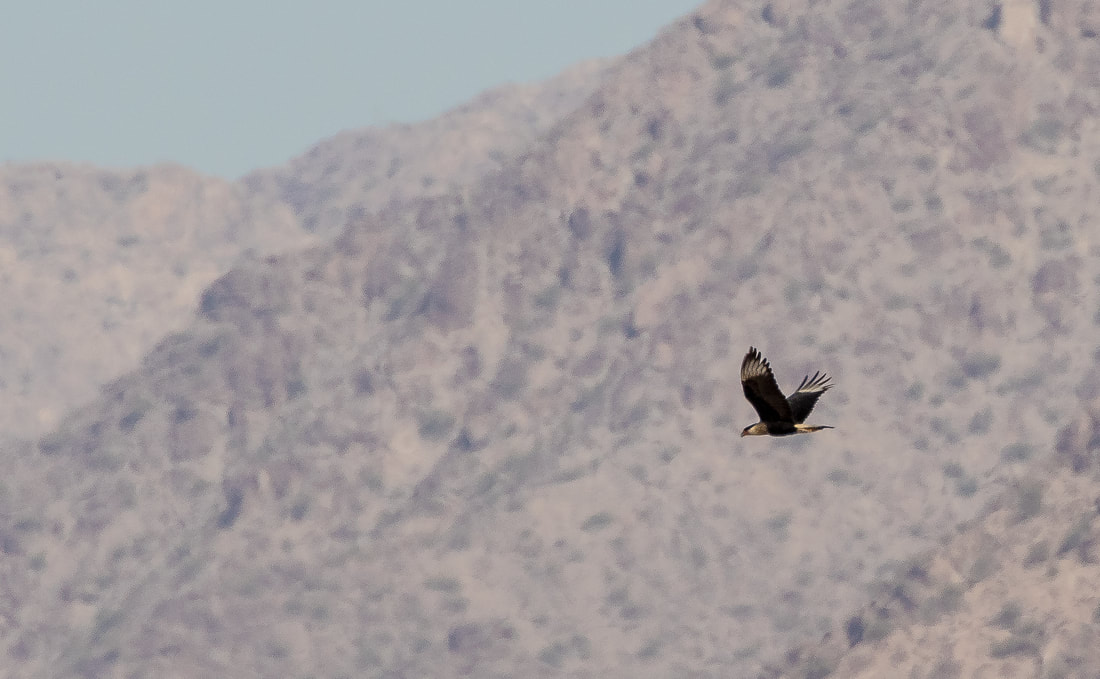
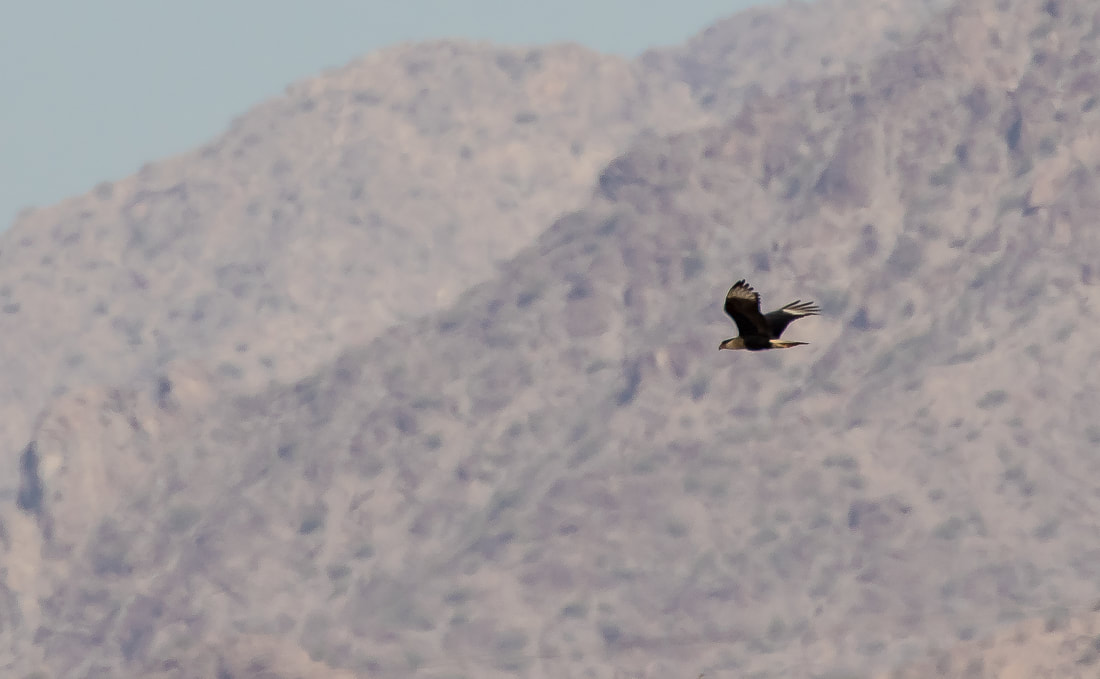
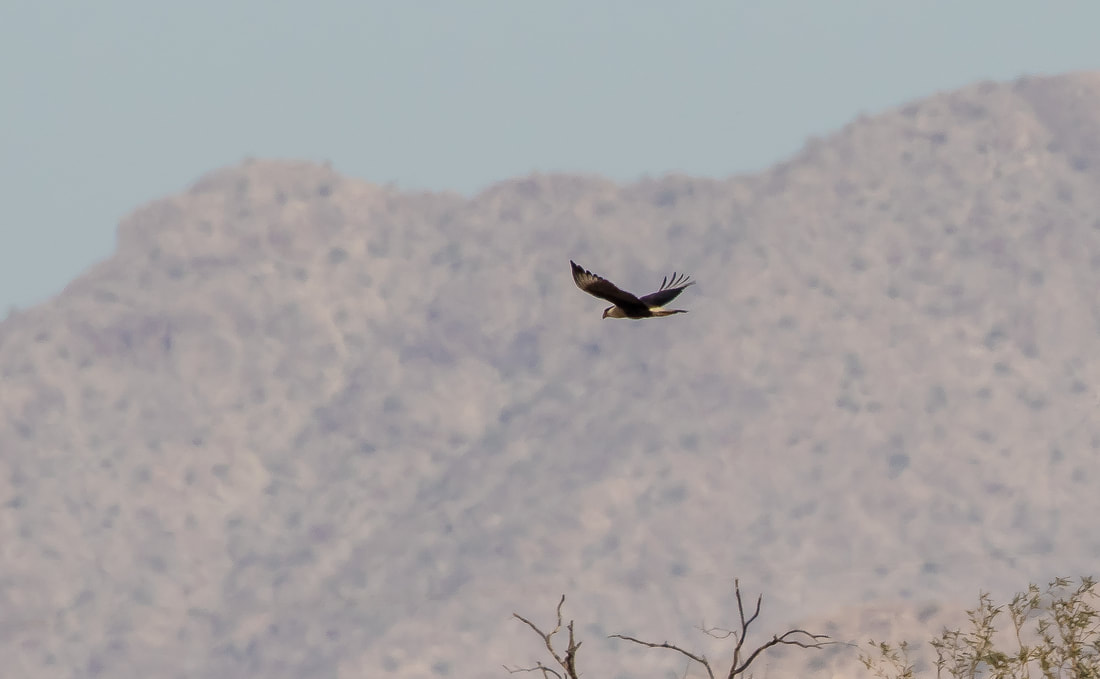
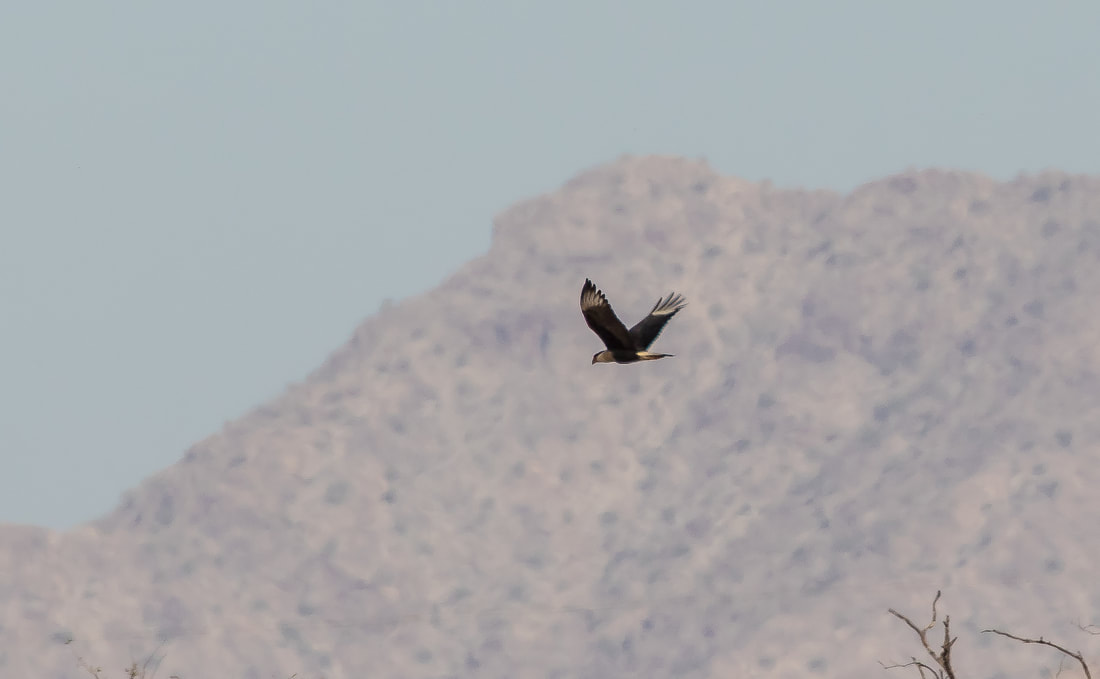
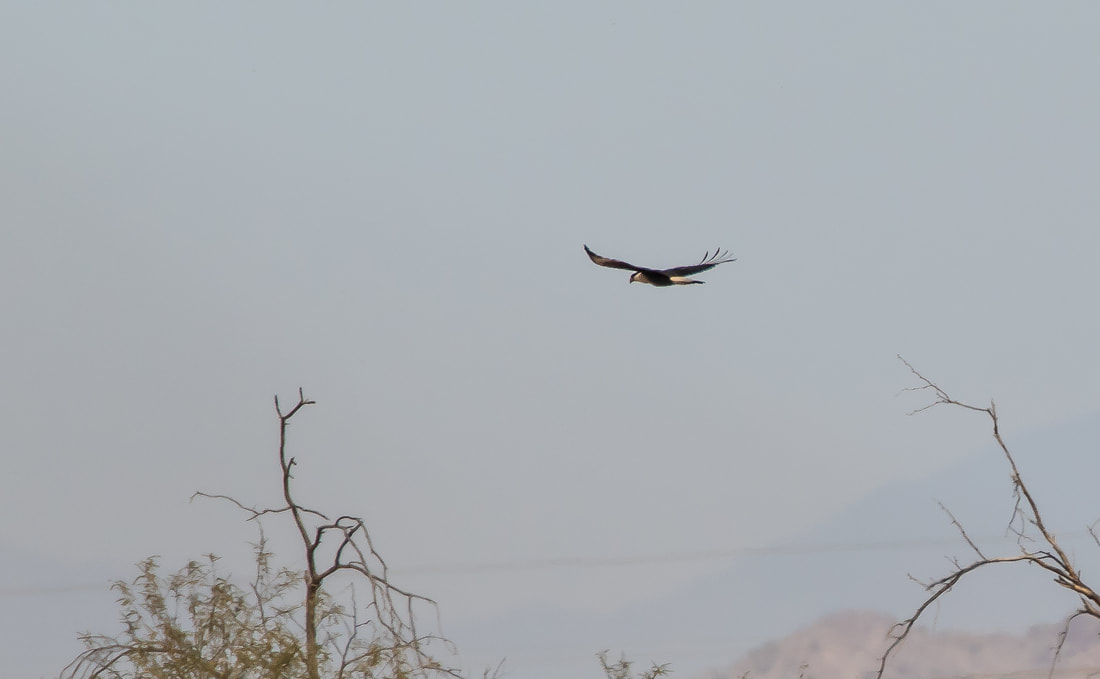
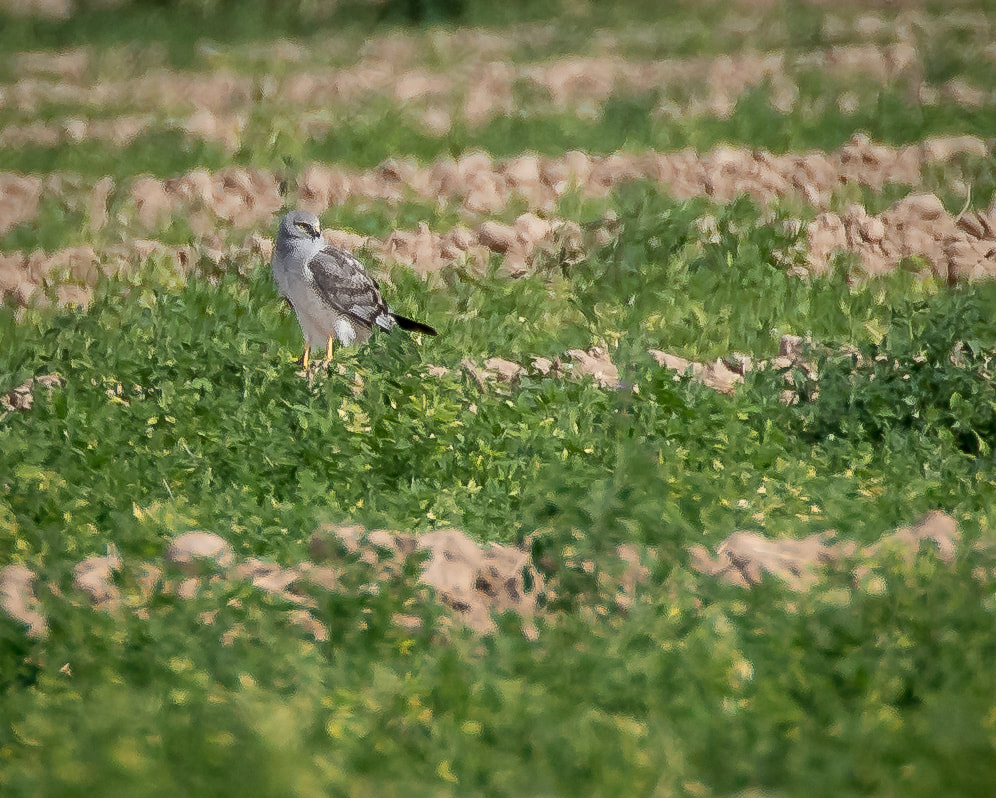
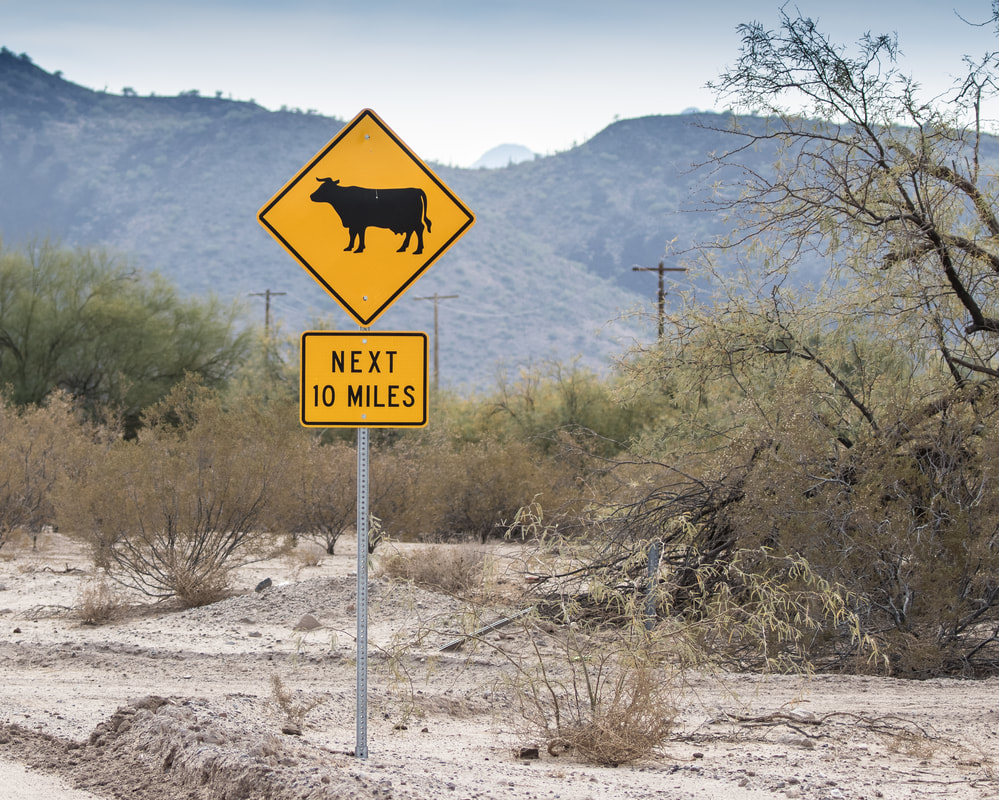
 RSS Feed
RSS Feed